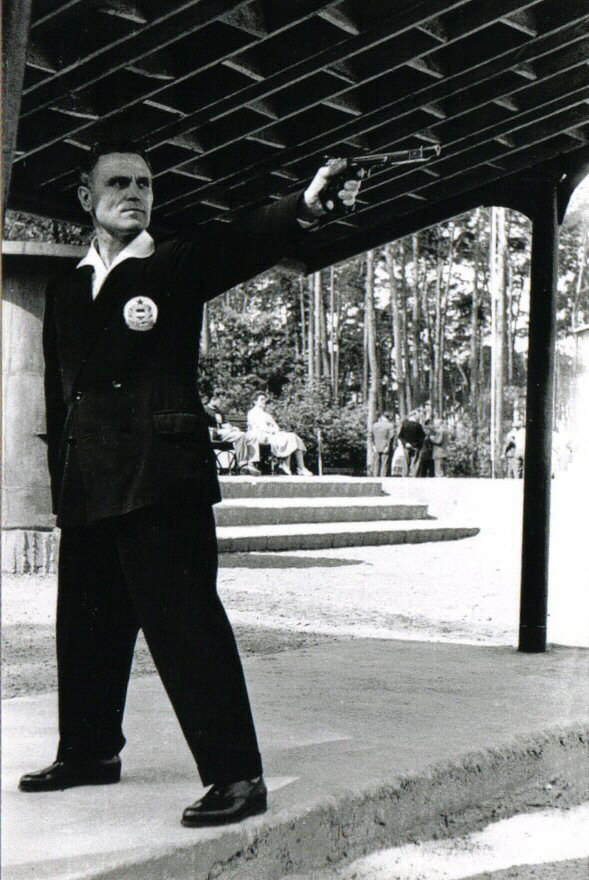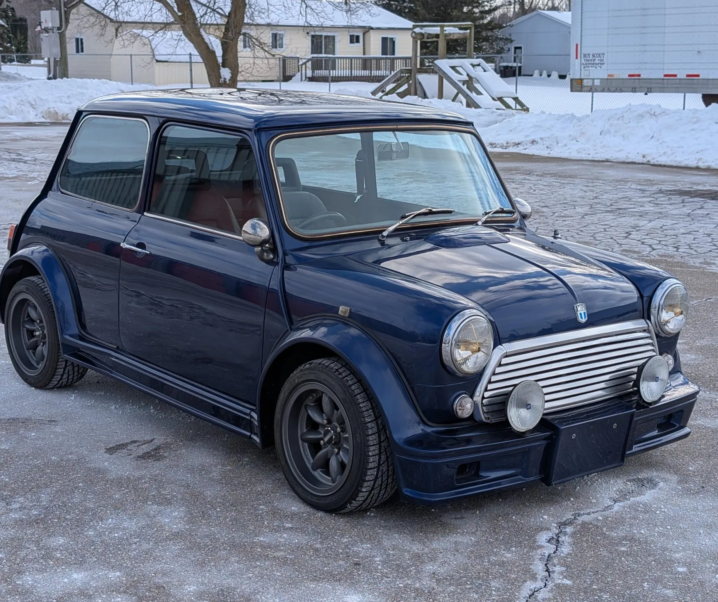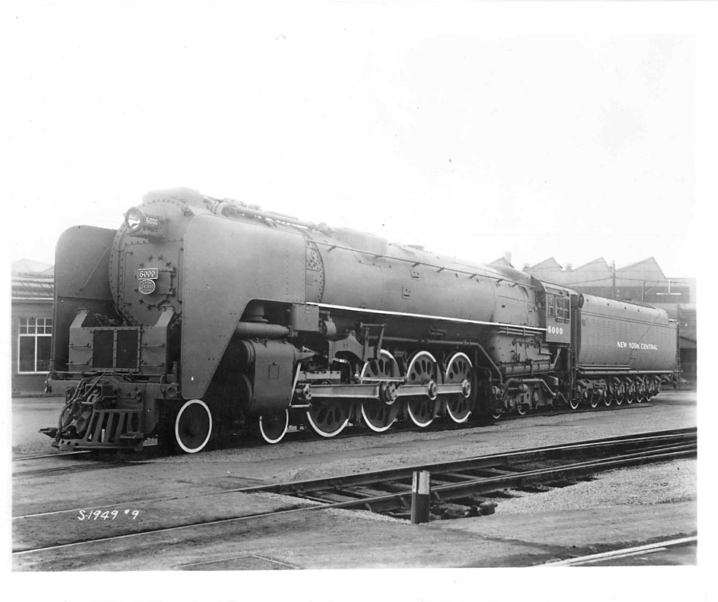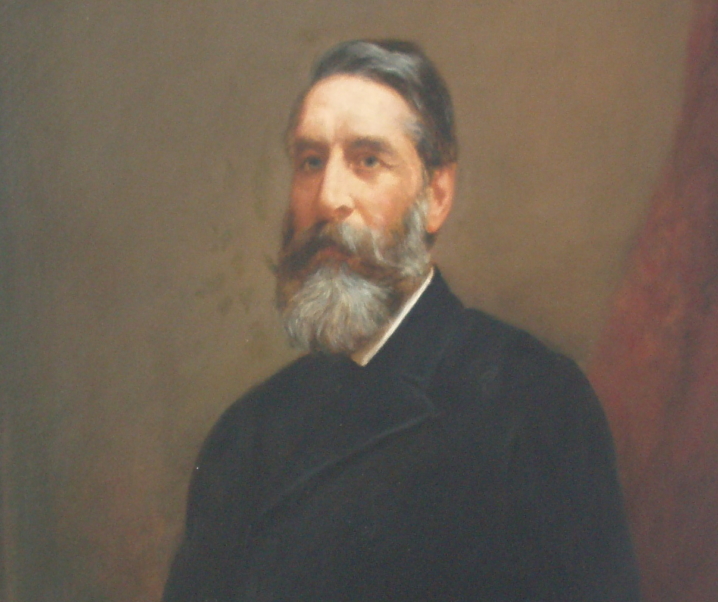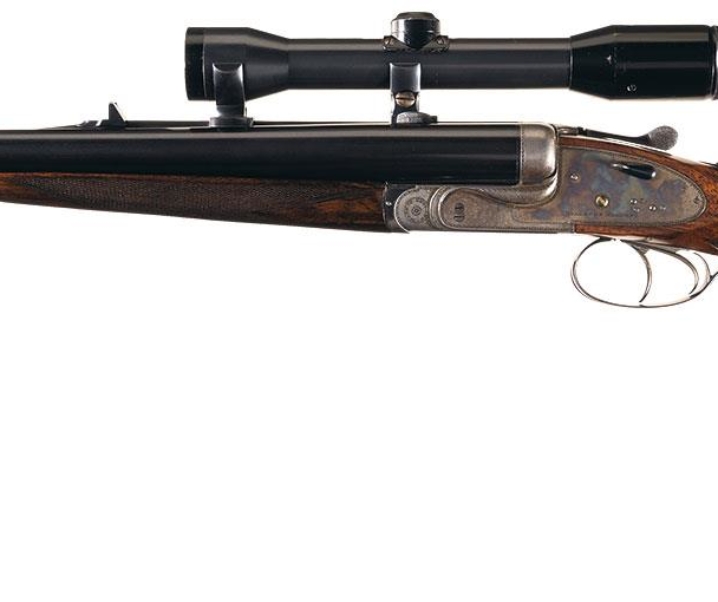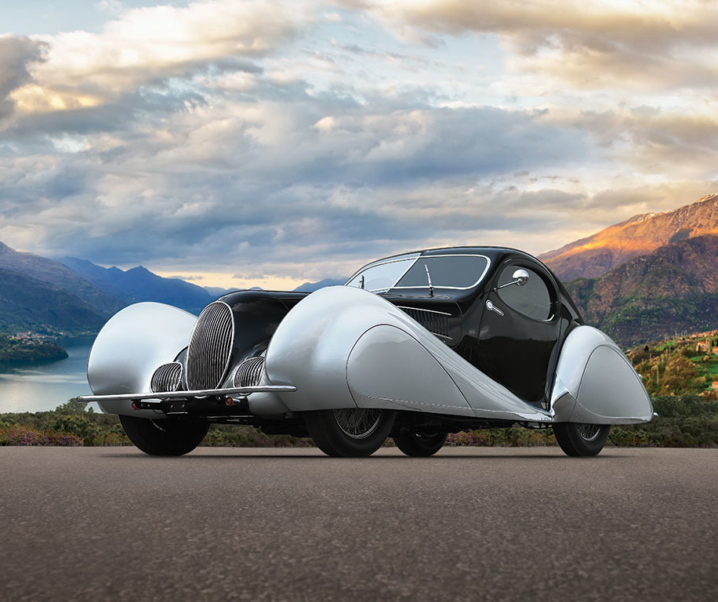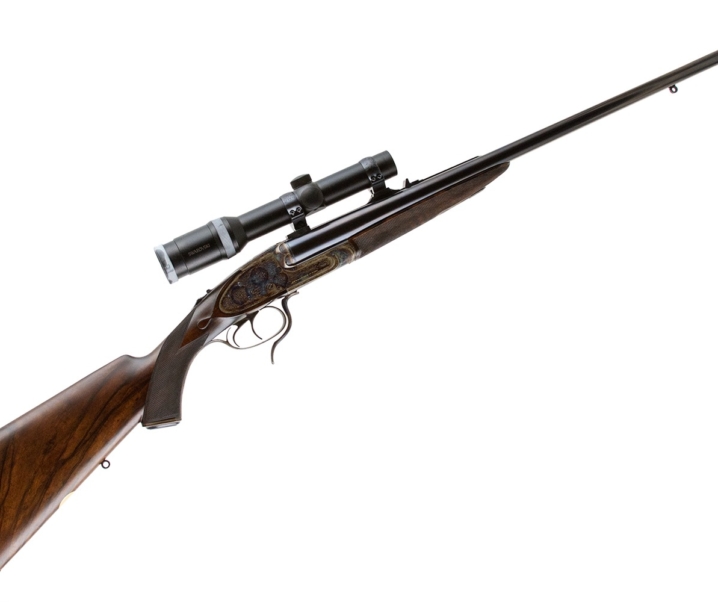My first formal training in shooting was with pistols at a club that only shot the Olympic matches Free Pistol, Rapid Fire Pistol, Air Pistol, and the other related ones Center-fire Match and Standard Pistol. The club members were a great bunch of people who knew how to teach and coach as well as knowing how to shoot so I got a solid grounding in safety and marksmanship. A bit like a musician starting off with a classical training before moving on to jazz. It was a great foundation and one I’d strongly recommend to anyone who wants to become good in any pistol discipline. Things like sight alignment, breathing control, stance, balance, and follow through are the bread and butter of the Olympic Pistol disciplines, and with that grounding if one moves on to something like IPSC or Handgun Metallic Silhouette it all fits together. The one thing those “classic” matches do not teach you is holster competency nor anything about holster technology. It was years later that I first used a holster at a “Steel Challenge” using a borrowed rig and a Colt Diamondback revolver with speed loaders. It was the first time it had really occurred to me that inserting a double action revolver into a holster is a potentially dangerous thing to do, and that getting it out of that holster quickly without accidentally grabbing the trigger and shooting yourself in the leg was also a challenging thing to accomplish. The Steel Challenge was without doubt one of the most fun days shooting I had ever had in my life for exactly the same reasons that the Bathurst 1000 is the world’s greatest motor race. People were shooting to enjoy the challenge and to enjoy the company of the other shooters. Those who are in a shooting club purely to get maximum scores and win medals tend to miss on the very thing that makes clubs and the shooting sports strong, it has to be fun. People come because they enjoy it, they come back again and again because they always find it enjoyable. It is not everyone’s passion to win an Olympic Gold Medal. If you want your club to be effective in protecting people’s right to keep and bear arms then make sure your club is a place where people feel welcomed, safe, and where they really want to be a part of it because they get so much enjoyment out of it.
It was hard to give that sweet little 4″ barreled Colt Diamondback back to it’s owner, and it’s just as well for my bank account that they are long out of production, as are the holsters for them, although there are some still making them such as Lobo Gunleather, BlackHawk and Bianchi.
Nowadays we see quite a movement towards the notion of Concealed Carry in the United States and consequently we find lots of people writing articles and companies producing pistols and revolvers suitable for this, and also holsters, there are even pink Glocks for the ladies; I wonder if Paris Hilton has one to go with her pink Bentley? Related to this we also see quite a bit written regarding not only what is the ideal gun to carry but the condition in which to carry it. I have not often in my travels lived in a place where having a concealed or open carry pistol would have been a good idea; and when I was living in a place where I really believed a pistol would be a necessary and sensible item I was living in a communist country where it was very strictly forbidden. We finished up with police carrying machine pistols patrolling the streets but that didn’t prevent a few people, me included, acquiring a few scars from some seriously anti-social people we had to share the streets with. The most lethal thing I was permitted to carry back then was a stick, so that if a situation became a bit “sticky” I could give my assailants some stick and hopefully by the time they had some fractured fingers and wrists they might be persuaded to give up their evil ways and be nice to people for a change. But I would rather have carried a Colt Diamondback than a stick. Just pulling that out of the holster would have been sufficient to ensure that no-one needed to get broken fingers or scarred. You have to be living in a genuinely free country in order to be allowed to make sensible decisions for the protection of you and your loved ones – and even for the protection of the ones who want to try their hand at highway robbery, kidnapping or other anti-social activities. I think it was the British actor Michael Caine who joked that people from Texas tend to talk real slow – but people patiently listen – because they have guns! The mere presence of a gun in the right hands can defuse a situation quickly with no harm done to anyone. The Colt Peacemaker was called the Peacemaker for a reason.
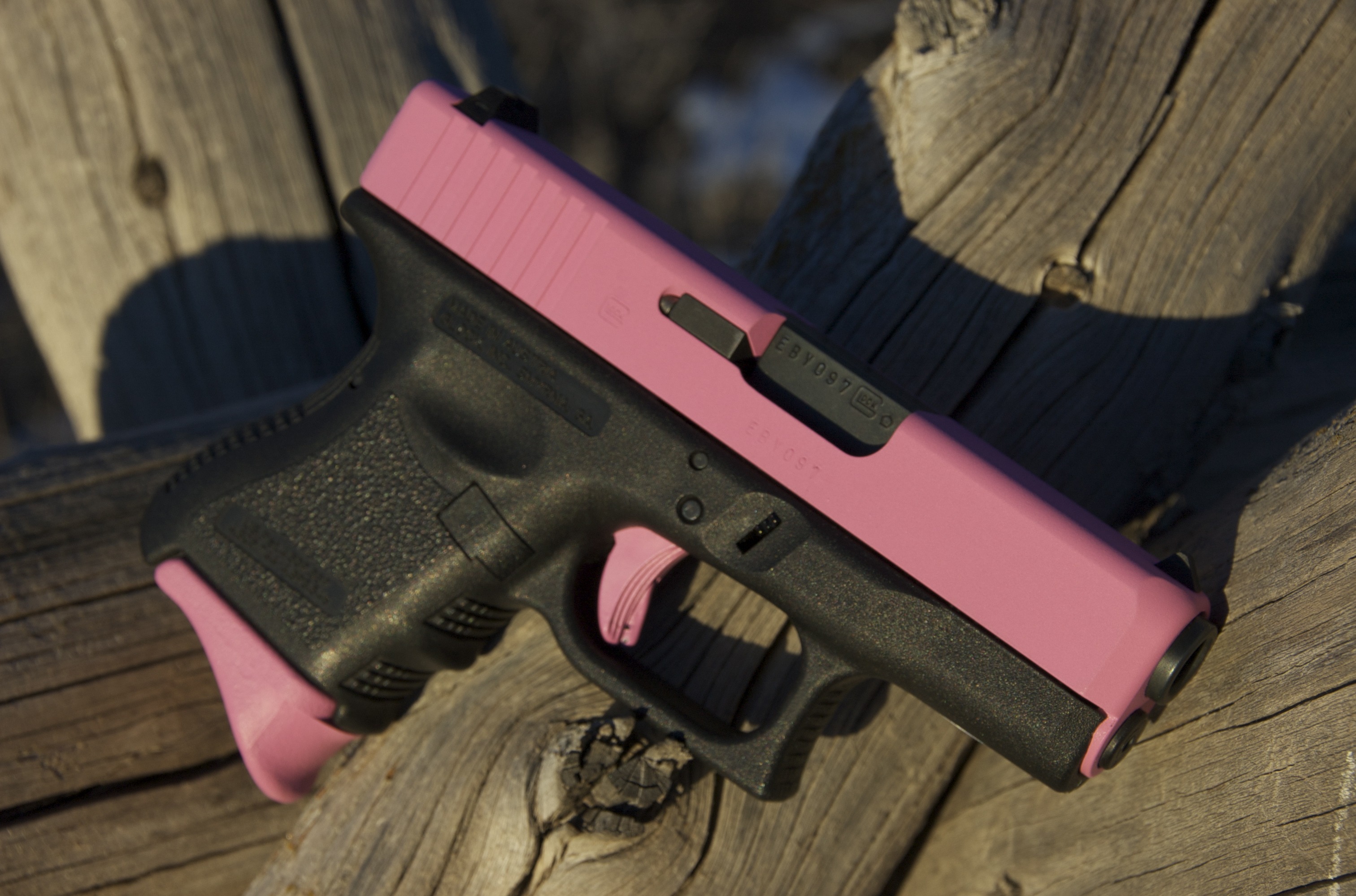
My favorite pistol, bar none, is the Colt 1911, just as my favorite revolver is the Colt Diamondback. I would certainly feel more comfortable carrying a 1911 than a Glock or indeed any striker fired or concealed hammer pistol. This is not just because I’m old fashioned, though I am, nor simply because I eschew any “plastic fantastic” firearm, though I do. Safety and functionality are two things I like to have both visual and tactile control over. I like to be able to feel that the safety catch is on, and to feel that the grip safety is released properly, and to feel whether the hammer is cocked or not.
We all know that one of the golden rules of firearms safety is “Do not point the muzzle of a firearm at anything you are not willing to destroy”. But lets remember that when we have our pistol or revolver in a holster that muzzle is pointing either at a part of our body, such as our hand or leg for example, or at someone standing near to us, especially if the holster angles the muzzle to the rear for instance. There is no way to avoid this so we absolutely positively must ensure that there is no way for that firearm to discharge in the holster. This is not difficult to achieve, holsters are designed for this, and it must be done. If we are carrying a firearm for protection whether as a citizen or a police or security officer, or out hunting or camping, we also must be able to bring that firearm into action quickly, one’s life expectancy can be reduced to a fraction of a second. Friends from Alaska have told me that close encounters of the brown bear kind are best avoided. So, let’s imagine you are out in the woods today with your trusty 1911 style Wilson Combat 460 Rowland and you unexpectedly find yourself in the middle of a “Teddy Bears Picnic” then you are going to want to be able to silently thumb free the top break strap of your holster and draw that 460, you will want the safety catch to be silent, and if you find that you are suddenly prevented from quietly extricating yourself from the “party” because big momma brown bear has not only noticed you but has decided to give you a nasty bitey lesson then your ability to immediately and decisively stop her is all that will prevent you becoming the main course at the bears picnic; something that is likely to be high on your bucket list of things you don’t want to experience in this life. It is to be hoped you weren’t carrying your 460 in Condition 3 with no round in the chamber because racking the slide of your pistol is not going to be a silent operation and your chances of quietly extricating yourself from that awkward bit of gate crashing will be forfeited.
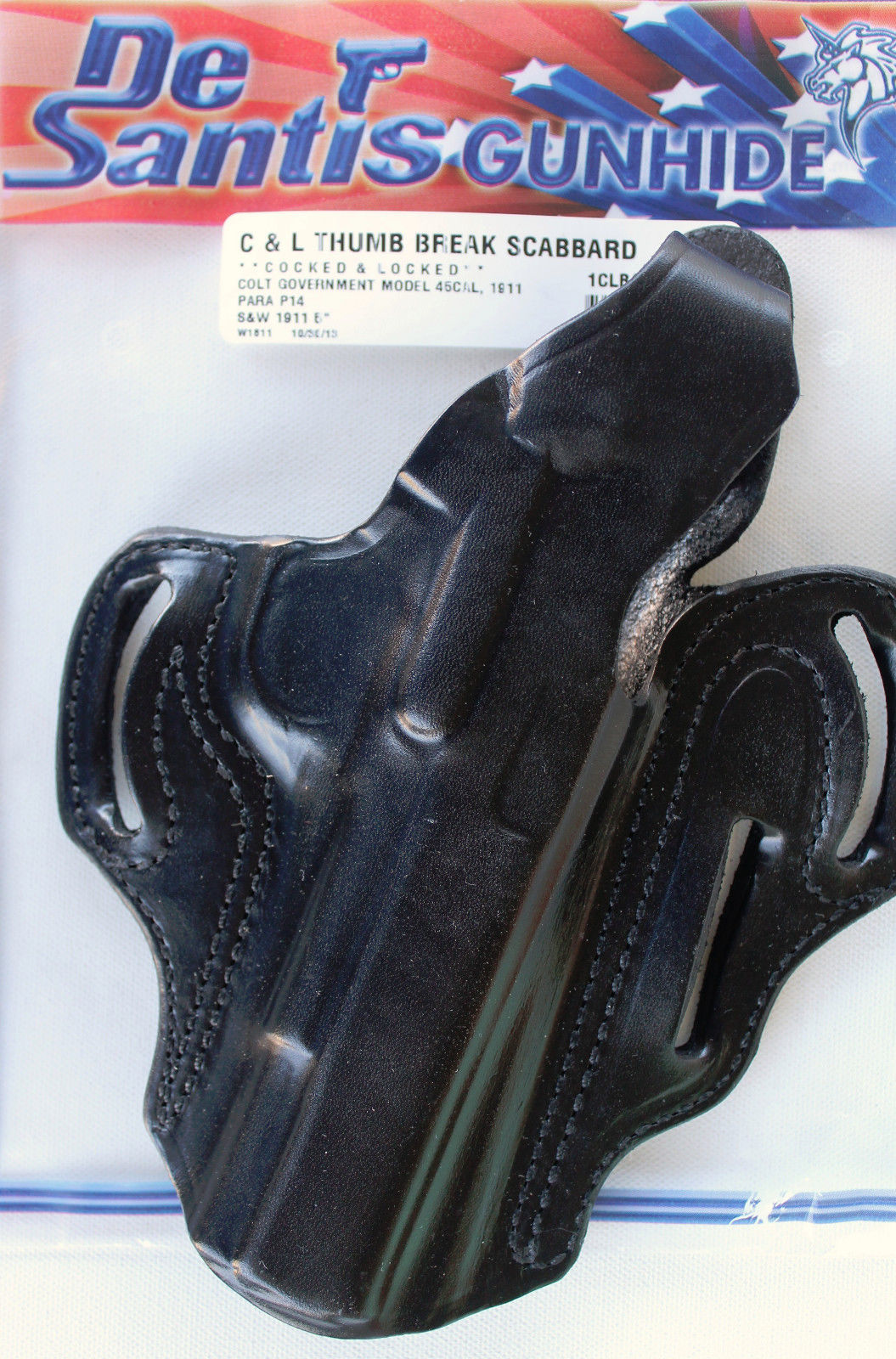
The first top break holster I ever bought was a Bianchi Model 7 I didn’t know much about top break holsters then so, in my beginner ignorance I just assumed that the Bianchi would work with the pistol in Condition 1 or Condition 3. I was surprised to find a notice in the box which said “Carrying a firearm with a live cartridge in the chamber could result in an accidental discharge. Certain single-action revolvers and semi-automatic pistols should only be carried with the hammer or firing pin resting on an empty chamber…” and then following on from this was another statement about Cocked Hammers which read “Be sure your firearm is uncocked before placing it in the holster. Carrying a cocked firearm in the holster or attempting to cock or uncock a firearm when it is in the hoster can result in an accidental discharge”. Thus I realized that I had bought a holster that was specifically not designed for the common Condition 1 cocked and locked carry and this was not what I had expected. I had assumed that all top break holsters would work with the pistol with the hammer either cocked or uncocked – wrong assumption. Anyway, I lived with that for a while but recently when I saw that DeSantis make a holster specifically for Condition 1 “Cocked and Locked” carry it grabbed my curiosity so I bought one.
When it comes to conditions of carry military practice is pretty clear. The army manual for the beautiful Swiss Model 49 (i.e. the SIG P210) clearly states that the pistol is to be carried with an empty chamber “except in times of emergency”. To the best of my knowledge that reflects US Army practice also in the days when the 1911 was the standard pistol and carried in a full flap holster. This seems to be common sense. If there is no actual threat and the pistol is unlikely to be used then having no round in the chamber is good practice. However, if there is a probability that the firearm is going to be used then having it in a safe state of immediate readiness is good practice. In Israel automatic pistols are routinely carried by many people and all citizens, men and women, have had military training. Standard carry for them is Condition 3 with no round in the chamber and they carry their guns on the street, on the bus, in their schools etc. They are carrying various makes and models of pistol and it is common for them to carry their pistols simply tucked into the waistband of their pants, so empty chamber carry is the only “one size fits all” that is possible. So if someone is carrying an ex British Army Browning High Power, or a Beretta 1934 of World War II vintage or similar they are guaranteed their empty chamber mode of carry is unquestionably safe, even if they don’t have a holster but simply have the gun tucked into their waistband. (See the Israeli Instinctive Shooting Method instructional DVD). This appears to reflect Bianchi’s thinking in the design of their Model 7 holster.
Having a holster that can only accommodate a pistol in Condition 3 means the user must practice the “Israeli Draw” and perfect it in order to be able to bring that pistol into readiness in the 1-1.5 seconds one might have in an emergency. It also means you must complete that draw with the pistol cocked and unlocked in Condition 0 aimed at your adversary. By contrast if the pistol is carried cocked and locked in Condition 1 the user has the choice whether to leave the safety on or thumb it off as he/she aims the pistol at their adversary depending on the immediacy of the threat the adversary poses. Thus the Condition 3 carry forces a less safe condition when the pistol is drawn and the action cycled in response to an emergency. A second concerning dynamic occurs if the pistol has needed to be fired and then needs to be re-holstered. Either the user must unload the pistol by;
- removing the magazine
- switching the safety catch off
- cycle the action to eject the live round from the chamber
- catch the ejected round
- close the action
- drop the hammer on the empty chamber
- insert the loose round into the magazine
- insert the magazine into the pistol
- and then re-holster the pistol
Or they must put the safety catch on and re-holster in Condition 1 cocked and locked in a holster that is not designed for that. This creates a set of potentially unsafe conditions. The emergency that required the firing of the pistol in the first place may or may not be resolved yet. A user may need to re-holster their weapon during an on-going crisis in order to use both hands to assist someone else or administer first aid for example. They aren’t necessarily going to be able to clear their weapon before re-holstering it. If that holster is not designed to accommodate that contingency safely then that’s a problem.
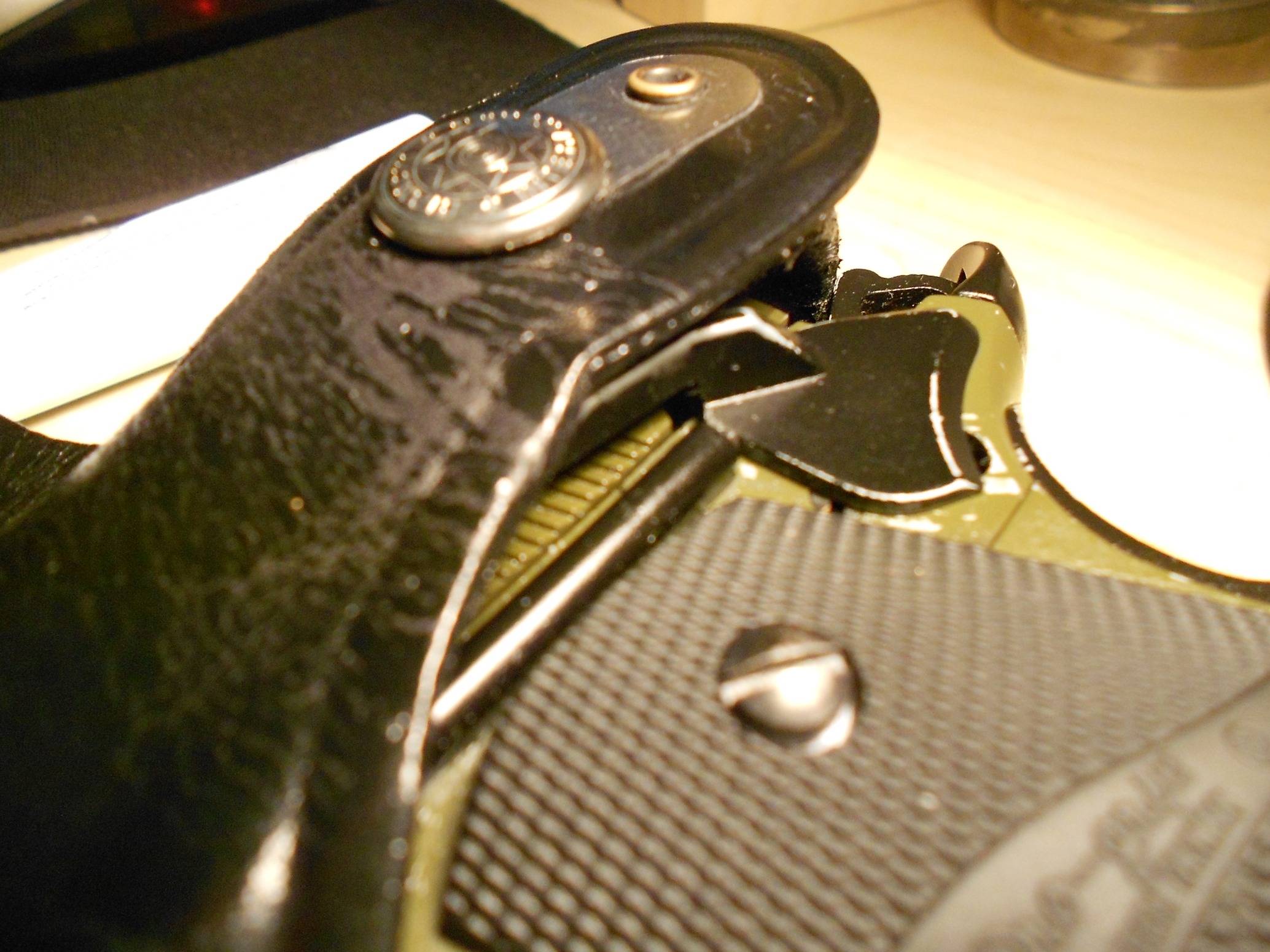
If a holster is designed for Condition 1 cocked and locked carry none of the above potentially unsafe conditions occur. Further to that a holster specifically designed for cocked hammer carry can of course still be carried with an empty chamber and a cocked hammer, and the slide is easier to cycle if the pistol needs to be brought into action.This was the source of my original interest in the DeSantis 1CL, it provides that choice.
The safety of the pistol once its in the holster is not the only area of concern. If the holster is used according to its design parameters then the pistol will be safe once it is in the holster. The danger times are when the pistol is being handled either to insert it into the holster or to draw it. Amongst my own circle of shooting acquaintances there are two who have been injured whilst using handguns, both experienced shooters, but both of whom “got it wrong” just once whilst handling a handgun. One was drawing a double action revolver during a competition at our range and though he knew to keep his trigger finger outside of the trigger guard he made the mistake of allowing his finger into the trigger guard as he drew, the finger caught the trigger and there was a “bang” and he discovered that he had something of a pain in his backside. The bullet had actually missed his rear end but in his back pocket was his pipe that he liked to smoke. The bullet had found the pipe and as it passed through it caused it to explode sending lots of bits of pipe shrapnel into the shooter’s posterior. What followed was an embarrassing visit to the hospital and embarrassing questions from nurses, doctors, and police officers. The other incident involved a shooter who got a magazine change wrong and allowed the tip of one of his fingers to be in front of the muzzle and “bang” he’s now missing a finger tip. We have to be unfailingly alert and disciplined if we are handling a firearm, just as we need to be unfailingly alert and disciplined when we are driving a vehicle. John Taylor in his book “African Rifles and Cartridges” mentions that we must remind ourselves that the firearms and the situations we are going to use them in are not to be taken lightly. A report appeared on the BBC website recently of a woman teacher who had a firearms accident in the toilet of her school. There isn’t sufficient information in the article for any of us to actually know what went wrong but the fact that the accident occurred in the toilet points to the probability that clothing needed to be removed or adjusted and so the holster and pistol are likely to have needed to be handled; and it’s when the firearm needs to be handled, if it is taken out of the holster or falls out, or is being put back into the holster, that the potential for trouble occurs.
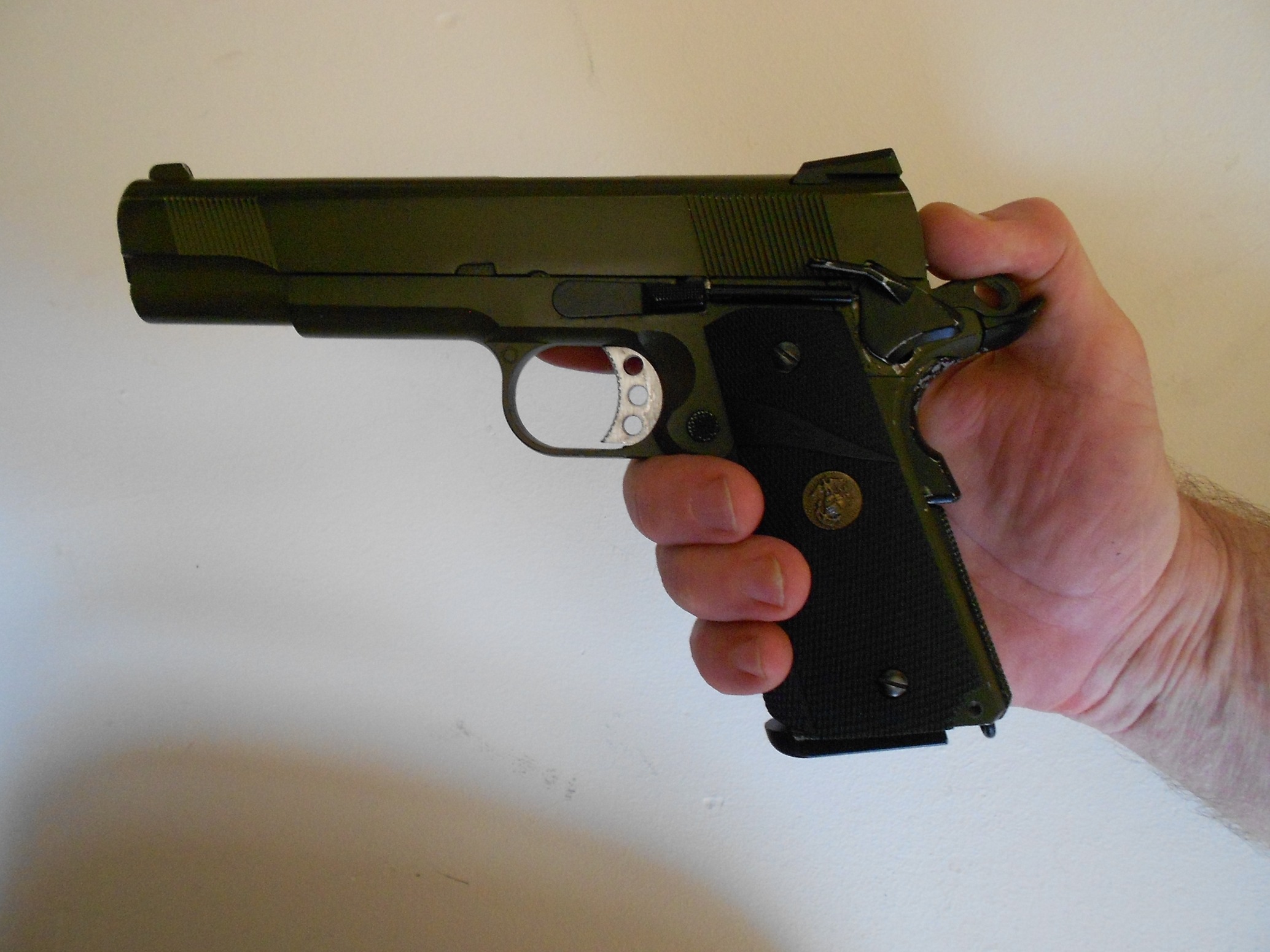
Australian Army SAS “boot camp” training requires that the soldier takes his rifle with him everywhere all the time. He takes it to meal times, to the shower, and to the toilet, it’s with him every waking and sleeping hour. If any of us are going to carry a pistol whether for personal defense or camping and hunting we need to put ourselves through similar training. Just as the SAS want that rifle to become like a part of the soldier’s body so that pistol needs to become a familiar and respected companion with us in every activity – including visits to the washroom activity. It is not best to try to learn this with a real and loaded pistol. If you are going to use a real gun then load it with “snap caps” not live ammunition. Better still, in addition to getting snap caps and practicing with your real gun, get an Airsoft BB pistol that is a clone of the pistol you intend to carry, gas it up and load it with 6mm plastic pellets and carry it. If you are going to get it wrong then it will be a modest “bang” and the plastic pellet will sting but not blow arteries open nor shoot the ends off fingers. Beware though, those harmless looking little plastic pellets will quite happily shoot through an aluminium drink can so they can certainly do serious and permanent harm to an eye. Handle with respect as you will your real and loaded gun when you move up to it. I use a WE MEU 1911 clone as my little practice piece. If you really want to be able to become familiar with the whole business of carrying a pistol and gain competency in being able to draw and hit your target, and to re-holster safely, then this is what I recommend you do. You can do a lot of drawing, firing and re-holstering for ridiculously little money and you can do it at home without the need and expense of going to the pistol range multiple times per week. In addition you can practice in ways that you can’t practice at the pistol range; such as managing your pistol if you need to go to the toilet for “number two’s”. Just remember that as you become more and more familiar with the gun and the holster that “familiarity breeds contempt” and make sure you do not develop a disrespectful lackadaisical attitude or the real gun will turn and bite you, as it did the gentleman with the pipe shrapnel in his rear end. You want your gun to be an asset, not a pain in the butt!
A friend who was an Australian Army Major and who worked with the SAS once told me that to keep an SAS soldier in peak form they had to practice shooting no less than every third day. On the same topic I read in article recently that US Marines will fire 15,000 rounds in training prior to deployment. There is absolutely no substitute for good teaching and a solid training routine.
Our feature image at the head of this article is of a gentleman by the name of Karoly Takacs. Karoly Takacs was a man who devoted himself to Olympic pistol training and who became extraordinarily good. Karoly Takacs was right handed but, as a military officer, lost his right hand in an accident involving a hand grenade. A few years later, after World War II he stunned the world by winning not just one but two successive Olympic gold medals shooting with his left hand. When asked how he did it he simply replied “The winner walks to the victory stand knee deep in spent cartridge cases”. If you intend to carry a firearm for the protection of your life and the lives of others can I suggest that the lives you seek to protect are something even more important than an Olympic medal.
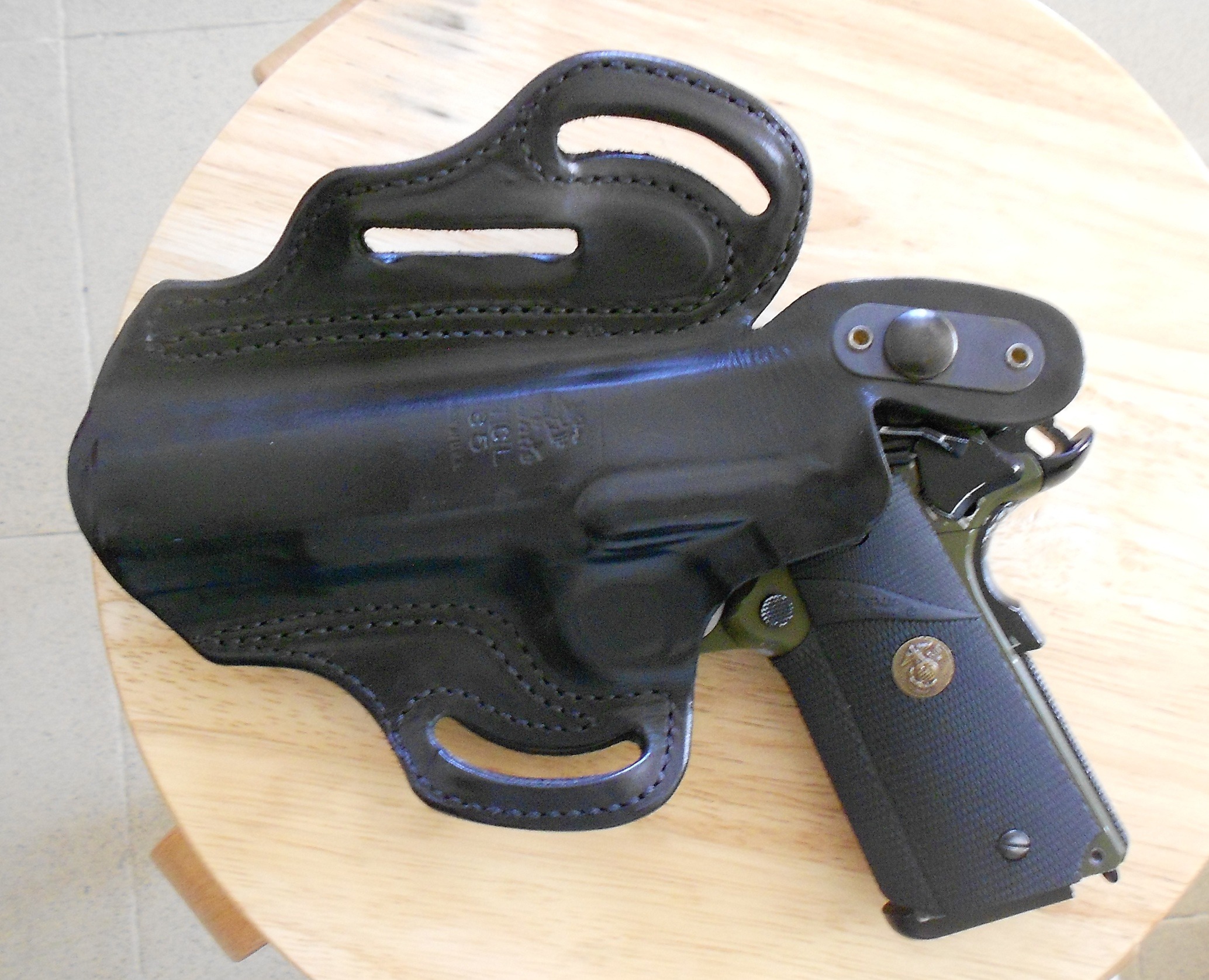
Getting back to the Bianchi Model 7 and the DeSantis 1CL holsters which would I choose? If I were working as a security officer in a school as an example and I believed the risk of an actual attack to be low I might have to choose the Bianchi Model 7 or a similar Condition 3 only holster if the pistol needed to be carried visibly and it was a requirement to carry it uncocked. That way people see the hammer down and think “safe”. However, if the pistol needs to be fired then that pistol cannot be safely holstered until it is returned to Condition 3. As far as my own Bianchi Model 7 is concerned I think it likely that the top break strap is going to get the Stanley knife treatment to make it strapless. I can’t see any real point in leaving that top strap on because of the potential problems it creates. If I were given a choice and/or carrying concealed then I would choose the DeSantis 1CL but carry with an empty chamber. That absolutely precludes any risk of an accidental discharge. If the real risk of an attack became likely I might then shift to Condition 1 carry in the DeSantis, however, I’ve made a point of training the Israeli Draw so it would not necessarily be something I would rush into. Certainly the DeSantis 1CL is the only holster I know of that protects the ambidextrous safety from being accidentally knocked or brushed off by having a recess moulded into the strap as well as just covering it, and it is designed to ensure the conventional safety is well cleared by the top break strap. This also absolutely precludes any risk of an accidental discharge provided that the top break strap is actually fastened and the safety catch is on. The DeSantis 1CL is designed to be used with either mono or ambi-dextrous safety catches and the sort of extended safety catches illustrated in this article. So, with the trigger covered, safety on, firing pin safety active, grip safety active, and the top strap of the holster securely fastened between the hammer and the firing pin, there is no way that hammer can fall onto the firing pin. Its an excellent and well thought out design in a high quality product.
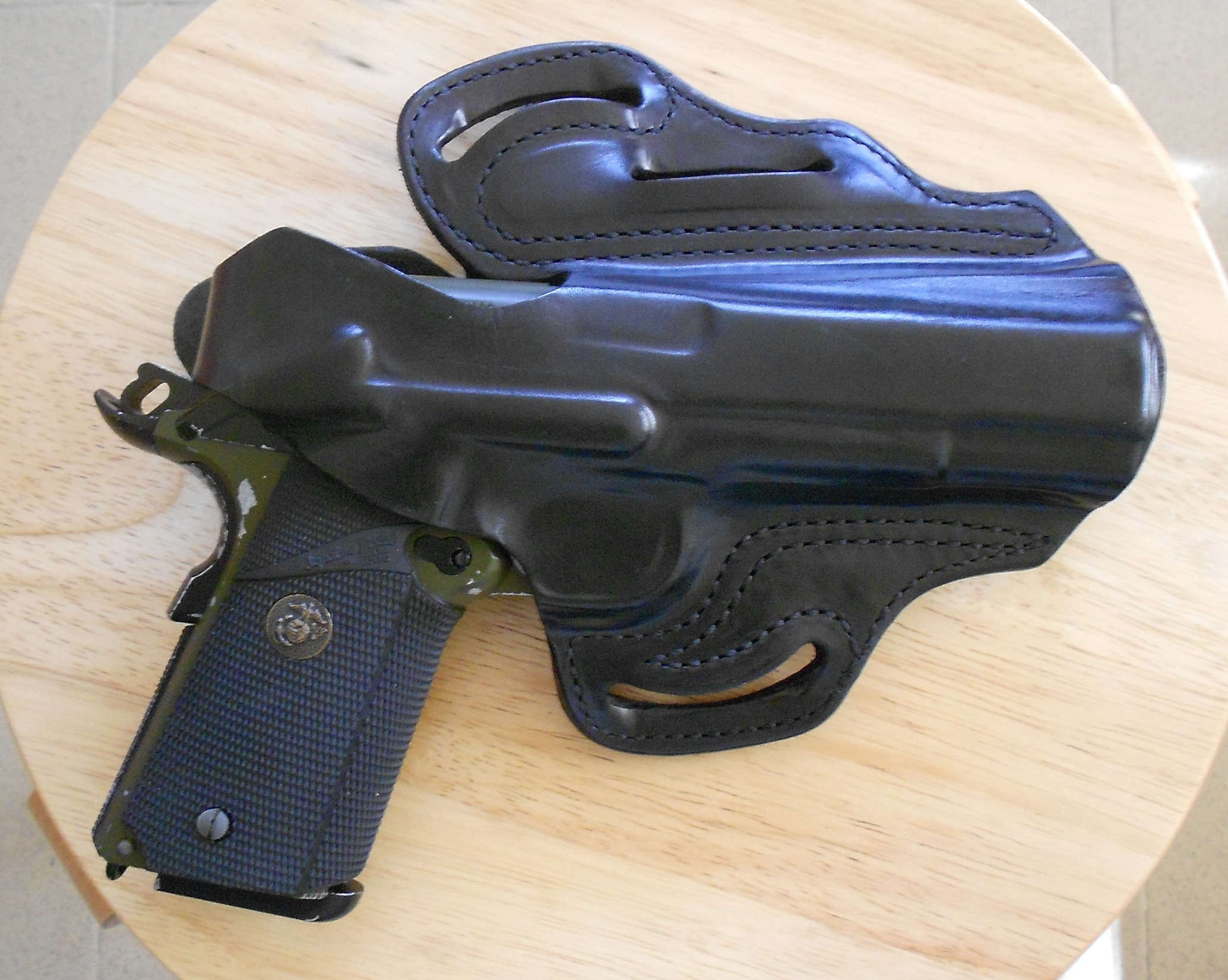
In the various places in the world where I’ve had the opportunity to live or visit I’ve noticed that it is more usual for police to be issued with double action revolvers in top break holsters than for them to have automatic pistols. The reason for this is, I think, easy enough to understand. A revolver is much more simple to operate safely and requires a much lower level of training than an automatic pistol. It is common for police departments to mandate officers only loading five rounds so they have an empty chamber under the hammer. If you are beginning in shooting then can I suggest that you not choose an automatic pistol of any kind to start out with? Not even a pink Glock. Having taught quite a number of new shooters can I suggest that you start out with a double action revolver and make sure it’s in a small caliber that you can shoot comfortably. A .22 rim-fire revolver is likely to be your best starting point. Once you have that mastered then you may want to move up to a .38 Special double action revolver similar to the out of production Colt Diamondback If you need to carry it then get a good top break holster and practice with it as I have described above. With a double action revolver none of the issues I’ve described present themselves. If you fire the revolver the hammer finishes up down on a spent cartridge. Thus securing the strap after firing presents no problem. The old fashioned police wisdom still works, if you are in a crisis situation that requires use of your gun then the more simple it is to operate the better. In the Australian Army they call it the “KISS” principle (i.e. Keep It Simple Stupid). You may well find that the double action revolver will be all you ever need.
DeSantis describe their 1CL holster as being for trained professionals only. Any firearm and holster can only be as safe as the “nut behind the butt”. It is essential to everyone who wants to preserve the right to keep and bear arms to put in the effort, get the training, and use firearms responsibly for the benefit of all. It is also essential for the preservation of your life and the lives of those we share this world with.
As for me, I don’t own a Wilson Combat 1911 in 460 Rowland yet, but Christmas is coming. So I might just send a letter off to Santa suggesting that one of those would not be out of place under my Christmas tree this year. Mind you, I think Santa might suggest that it’s a want rather than a need because there are no big bad momma brown bears where I live. There are a few wild boar though.

Jon Branch is the founder and senior editor of Revivaler and has written a significant number of articles for various publications including official Buying Guides for eBay, classic car articles for Hagerty, magazine articles for both the Australian Shooters Journal and the Australian Shooter, and he’s a long time contributor to Silodrome.
Jon has done radio, television, magazine and newspaper interviews on various issues, and has traveled extensively, having lived in Britain, Australia, China and Hong Kong. His travels have taken him to Indonesia, Israel, Italy, Japan and a number of other countries. He has studied the Japanese sword arts and has a long history of involvement in the shooting sports, which has included authoring submissions to government on various firearms related issues and assisting in the design and establishment of shooting ranges.

